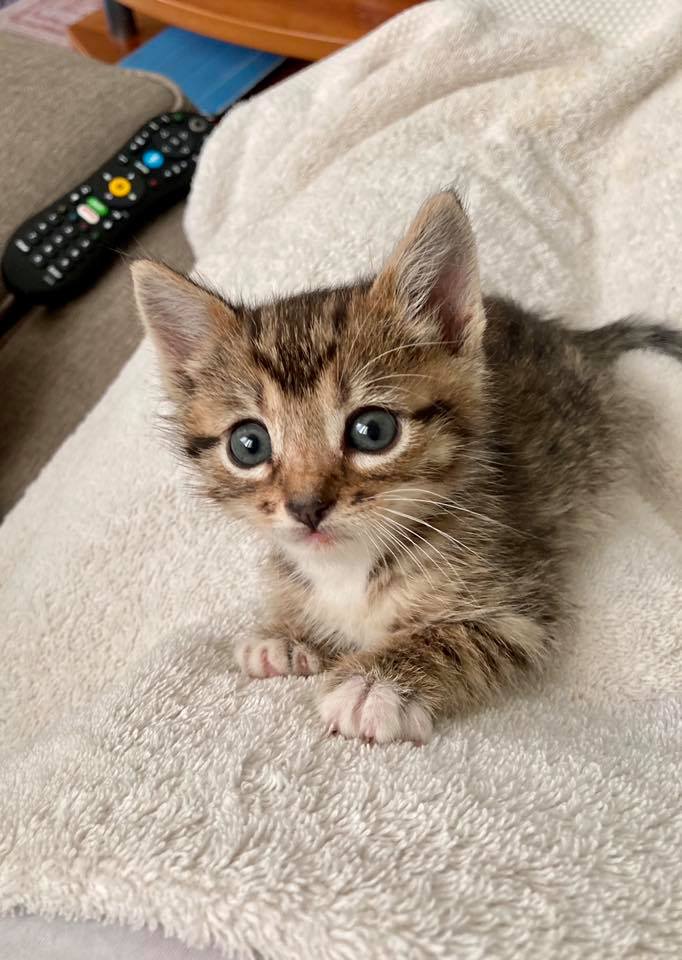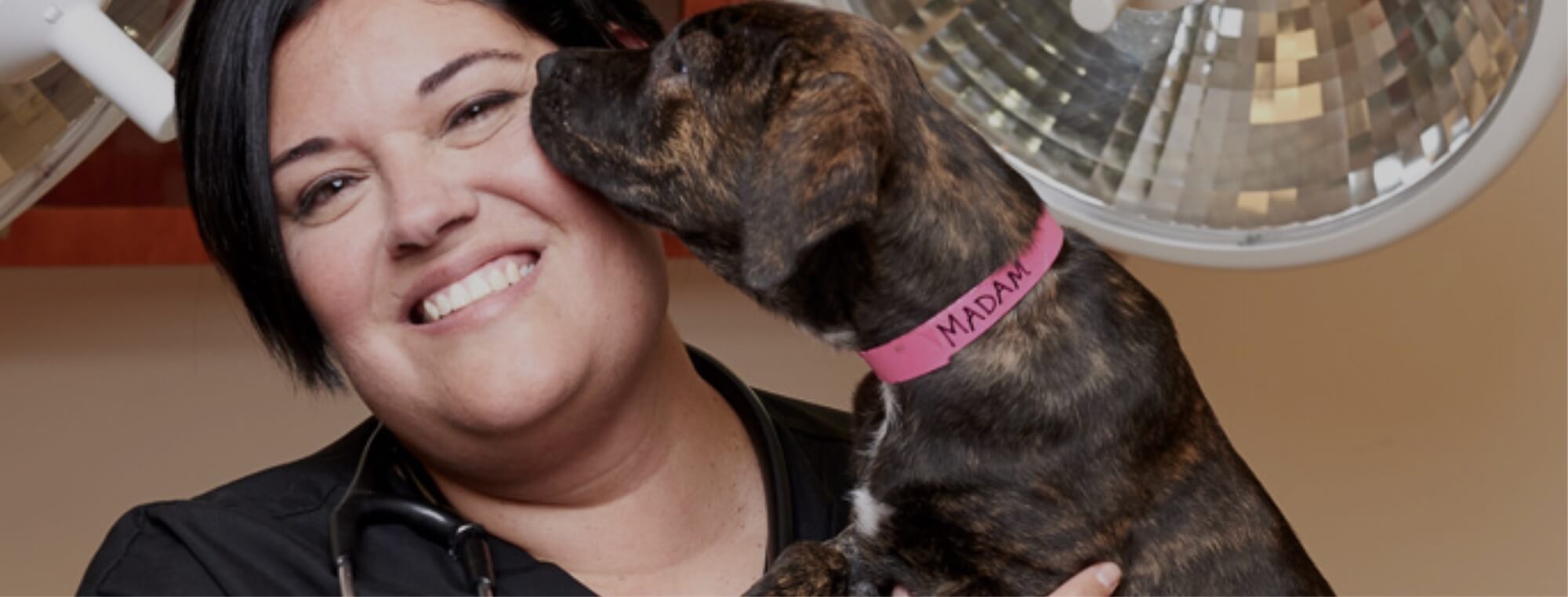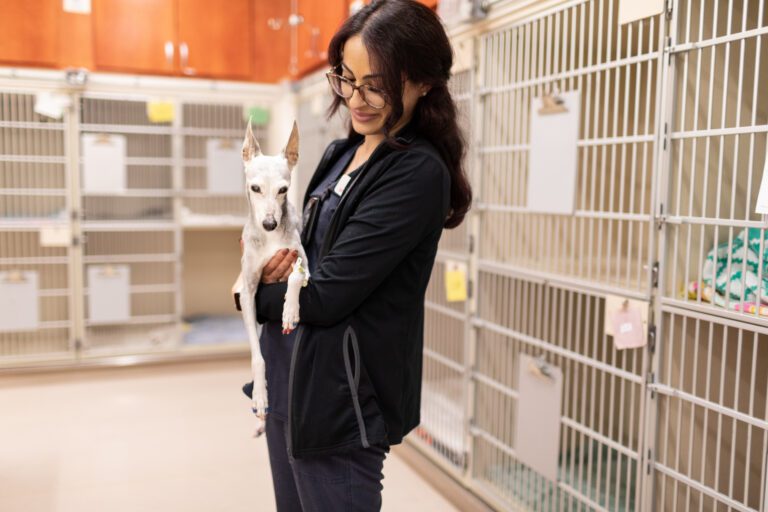
The San Francisco SPCA blog is the best place to get the latest news and information about our work and the field of animal welfare.
You can subscribe for email updates here. Or follow us on Facebook and Twitter makes it easy for you to stay up-to-date on local animal welfare issues and to get involved.
The animals thank you!





